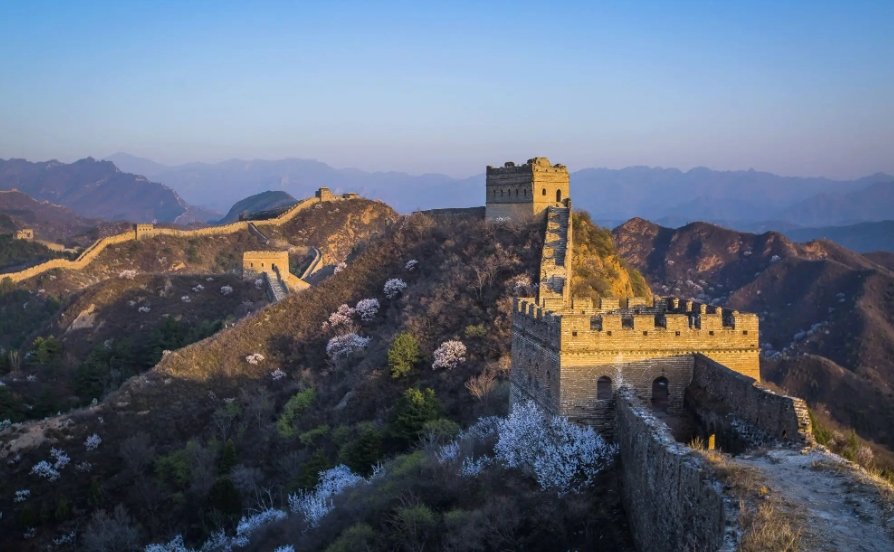
The Great Wall: A Legacy Under Siege
The Great Wall of China, a UNESCO World Heritage site and a testament to human ingenuity and perseverance, stands as a powerful symbol of China's rich history and culture. Yet, this iconic landmark is facing an array of threats that jeopardize its very existence. While the passage of time and the forces of nature inevitably take their toll, it is the impact of human activities that poses the most significant danger to the Great Wall's preservation.
1. The Fragility of Time: Natural Weathering and Erosion:
Centuries of exposure to the elements have left their mark on the Great Wall. Wind, rain, and temperature fluctuations gradually erode the stone and mortar, weakening the structure. In particular:
- Wind erosion: The arid climate, especially in the north, subjects the wall to constant wind erosion, wearing away the surface and exposing it to further damage.
- Freeze-thaw cycles: Water seeping into cracks and crevices expands when it freezes, putting pressure on the surrounding material and leading to cracks and structural instability.
- Vegetation growth: Plants and trees taking root in the wall's crevices can further damage the structure as their roots grow and expand.
2. The Human Element: Threats from within:
Ironically, the very people who should be the Great Wall's greatest protectors often contribute to its demise.
- Improper protection methods: In the past, well-intentioned but ultimately damaging restoration efforts used modern materials incompatible with the original construction, leading to further deterioration and compromising the wall's historical authenticity.
- Illegal industrial projects: The construction of mines, factories, and roads in close proximity to the wall disrupts the surrounding environment, causing pollution and vibrations that weaken the structure.
- Disorderly tourism development: Uncontrolled tourism, with visitors climbing on the wall, littering, and taking bricks as souvenirs, contributes to its physical degradation and detracts from its historical significance.
- Lack of awareness and resources: Limited public awareness about the importance of preservation, combined with insufficient funding for conservation efforts, further exacerbates the challenges faced in protecting the Great Wall.
3. A Collective Responsibility: Preserving a Global Treasure:
Protecting the Great Wall is not just the responsibility of the Chinese government; it is a shared obligation for all humanity. It requires a multifaceted approach that includes:
- Sustainable tourism: Implementing strict regulations on visitor numbers, designated walkways, and educational initiatives to promote responsible tourism.
- Scientific restoration: Utilizing traditional techniques and materials in restoration efforts to maintain the wall's historical integrity and aesthetic value.
- Community engagement: Empowering local communities to become active stakeholders in preservation efforts through educational programs and economic opportunities tied to responsible tourism.
- International collaboration: Sharing expertise and resources with international organizations to implement best practices in conservation and management.
The Great Wall is more than just a physical structure; it is a symbol of human endeavor, resilience, and cultural heritage. It is our collective responsibility to ensure that this magnificent monument continues to inspire awe and wonder for generations to come.
Q&A
Q1: What is the most significant threat to the Great Wall's preservation?
A1: While natural weathering plays a role, the most significant threat to the Great Wall comes from human activities, including improper restoration methods, industrial development, and uncontrolled tourism.
Q2: How can tourism be managed to protect the Great Wall?
A2: Sustainable tourism practices, such as limiting visitor numbers, implementing designated walkways, and promoting responsible behavior through education, are crucial to minimizing tourism's impact.
Q3: What role can international collaboration play in preserving the Great Wall?
A3: International collaboration can provide access to expertise, funding, and technology, aiding in the implementation of best practices for conservation and sustainable management of this global treasure.